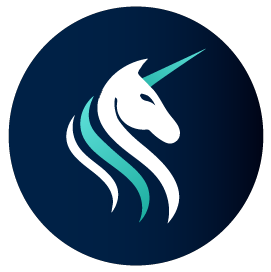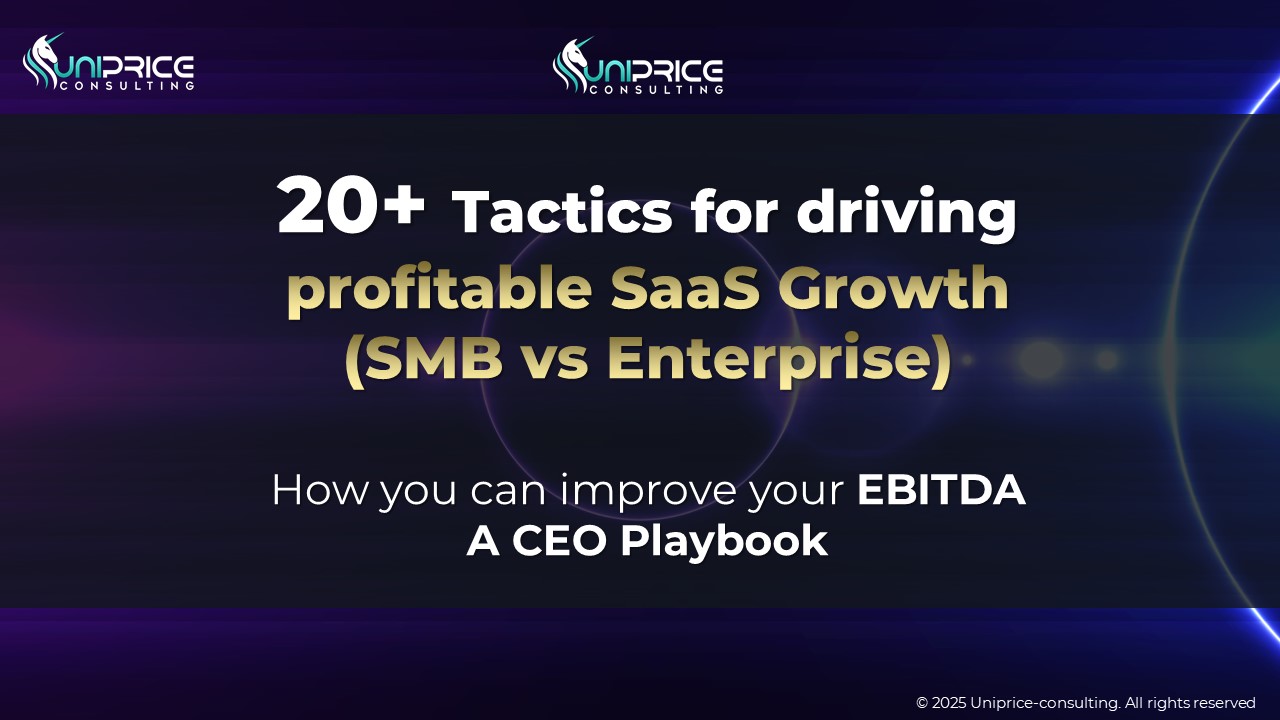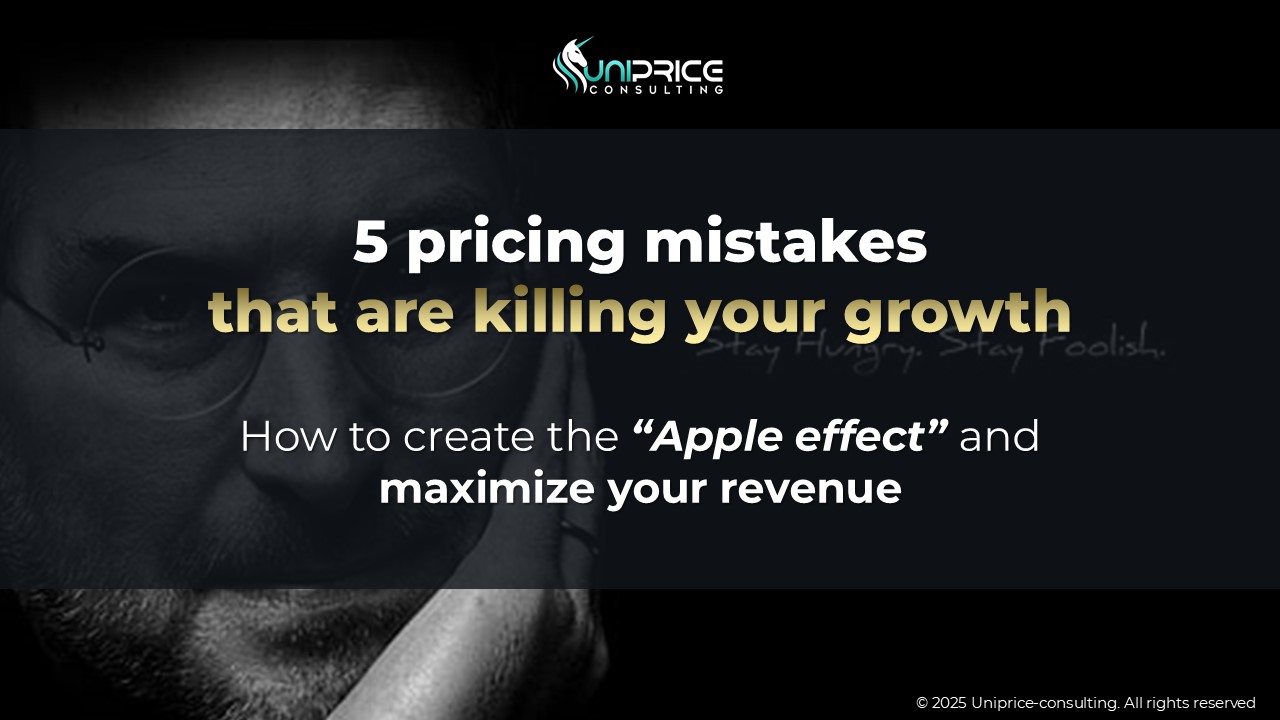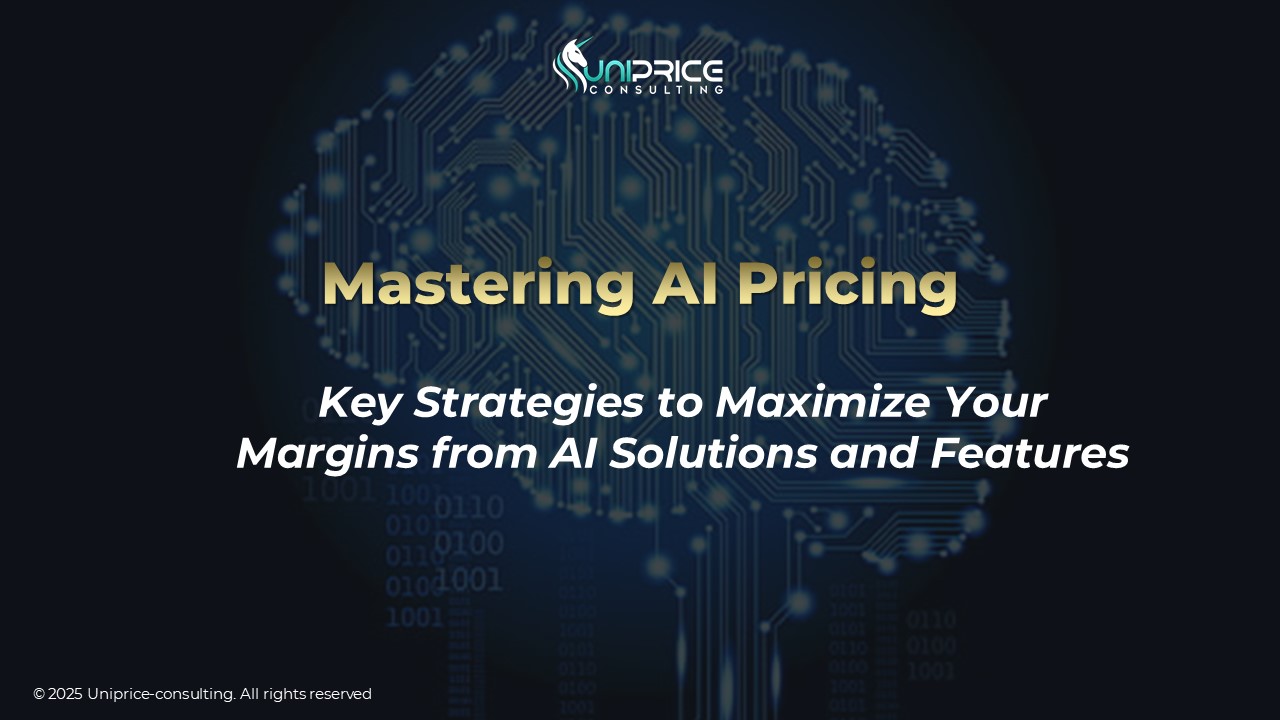By 2025, the emergence of “AI Agents” (autonomous agents capable of decision-making and environment interaction) has generated a lot of excitement in the SaaS space. We already imagine these assistants handling lead qualification, negotiation, closing, onboarding, and cross-sell/upsell. However, to move from concept to reality, you must consider your company’s data maturity, technical infrastructure, and implementation costs. This article offers a realistic view of AI agents and the prerequisites for effectively deploying them in a SaaS context.
1. Intelligent Lead Qualification
Ideal Use Case
- Automated Filtering: The AI Agent detects in real-time the signals of interest (visited pages, session duration, etc.) and gauges the probability of purchase or upsell.
- Predictive Scoring: Using customer history and machine learning algorithms, the agent suggests a more or less aggressive initial offer to optimize conversion.
Prerequisites & Feasibility
- Data Quality & Structure: You must collect and clean user engagement and CRM data. If there’s no existing scoring or tracking process, the AI Agent won’t have enough “material” to produce reliable insights.
- Recommended Maturity Level:
- Basic: A properly updated CRM and some basic behavioral metrics (e.g., Google Analytics).
- Advanced: A Data Lake or Data Warehouse containing behavioral data, plus a data team that can create/maintain predictive scoring models.
- Cost & Complexity:
- Real-time tracking scripts may require substantial cloud resources (continuous data ingestion). For an MVP, a batch process (daily or weekly) could suffice, helping reduce operational costs.
2. Negotiation and Dynamic Pricing
Ideal Use Case
- Real-Time Discount Calculation: The AI Agent reviews the client profile and proposes a discount level while maintaining a target margin.
- Negotiation Scenarios: It models multiple iterations (establishing a floor price or bundling additional features) based on the prospect’s reactions.
Prerequisites & Feasibility
- Existing Pricing Models: You need a configurable pricing grid (features, volume, contract length) or the capability to produce flexible package deals.
- Contractual & Competitive Data: To propose relevant offers, the AI must know cost structures, target margins, and competitor pricing (or at least benchmark data).
- Recommended Maturity Level:
- Intermediate: A standardized pricing system (tier or volume-based) and a sales history that allows for margin analysis by segment.
- Advanced: APIs or connectors that automatically update prices in near real time based on cost (cloud, labor) or competitor data.
- Cost & Complexity:
- Supporting “continuous pricing” can be expensive to run and maintain. As an initial approach, updating the model on a weekly or monthly schedule can still deliver solid returns.
3. Simplified Closing
Ideal Use Case
- Automatic Contract Generation: The AI Agent assembles relevant clauses (SLA, confidentiality, pricing terms) based on the client’s profile.
- Integrated E-Signature: The AI Agent monitors when the prospect opens the document, sends timely reminders, and identifies friction points.
Prerequisites & Feasibility
- Legal Standardization: You must have a “template” contract with pre-approved legal variations.
- E-Signature Integration: The AI must connect to electronic signature solutions (e.g., DocuSign, Adobe Sign).
- Recommended Maturity Level:
- Basic: A CMS or semi-automated document generator plus an e-signature process in place.
- Advanced: Fully automated addendums, direct CRM plug-in for on-the-fly contract sending, real-time notifications for document opens.
- Cost & Complexity:
- E-signature licensing and secure document hosting can be sizable expenses. However, automation often pays for itself quickly once you reach moderate or high contract volumes.
4. Accelerated Onboarding and Adoption
Ideal Use Case
- Personalized Interactive Guides: Depending on the user’s role (Admin, Marketer, Developer), the AI Agent presents a tailored onboarding journey.
- Usage Monitoring: The agent detects any drop in activity, sends reminders, or triggers offers for additional training.
Prerequisites & Feasibility
- Product Instrumentation: The SaaS platform should track usage metrics (logins, feature activations, time spent). Without these, the AI cannot “personalize” the onboarding path.
- Knowledge Base & Tutorials: Documentation (video, FAQs, guides) needs to be well-structured and easily accessible by the agent.
- Recommended Maturity Level:
- Basic: A product instrumented with usage KPIs (session count, key feature adoption) plus an email or in-app notification system.
- Advanced: Connect the AI to a “Product Adoption Platform” (Pendo, Appcues, etc.) that enables deeper segmentation and contextual messaging.
- Cost & Complexity:
- Interactive onboarding tools (in-app walkthroughs) are typically SaaS-based. Their pricing depends on monthly active users or feature usage.
5. Upsell / Cross-Sell and Maximizing LTV
Ideal Use Case
- Expansion Signal Detection: The AI Agent analyzes usage for each module or add-on and proposes an upgrade at the optimal time.
- Smart Bundling: Depending on the customer’s segment, the agent combines features and services into an attractive bundle.
Prerequisites & Feasibility
- Usage & Purchase History: You must know typical customer journeys (e.g., which modules they buy most often after X months).
- Coordination with CSM: AI Agents don’t replace human relationships but enhance them with cross-sell recommendations.
- Recommended Maturity Level:
- Intermediate: A single repository (CRM + product data) storing purchase and usage info.
- Advanced: Predictive churn and upsell models, plus “Elastic Pricing” that adapts to customers’ willingness to pay.
- Cost & Complexity:
- Predictive upsell algorithms can be expensive to maintain (data scientists + ML infrastructure). A gradual rollout on a test segment (Beta) can mitigate risk and cost.
Conclusion: AI Agents—Implementation Guide and Outlook
AI Agents have the potential to dramatically transform pricing strategy and profitability in a SaaS setting, but not without prerequisites. Companies need a structured data environment, robust technical infrastructure, and teams capable of interpreting feedback. Real-time solutions may be costly, but a phased approach can yield a positive ROI. By prioritizing key areas, SaaS providers can integrate AI agents effectively to enhance growth and customer experience.
Madriss Seksaoui & Lyas Driad
Uniprice CTO & CEO








